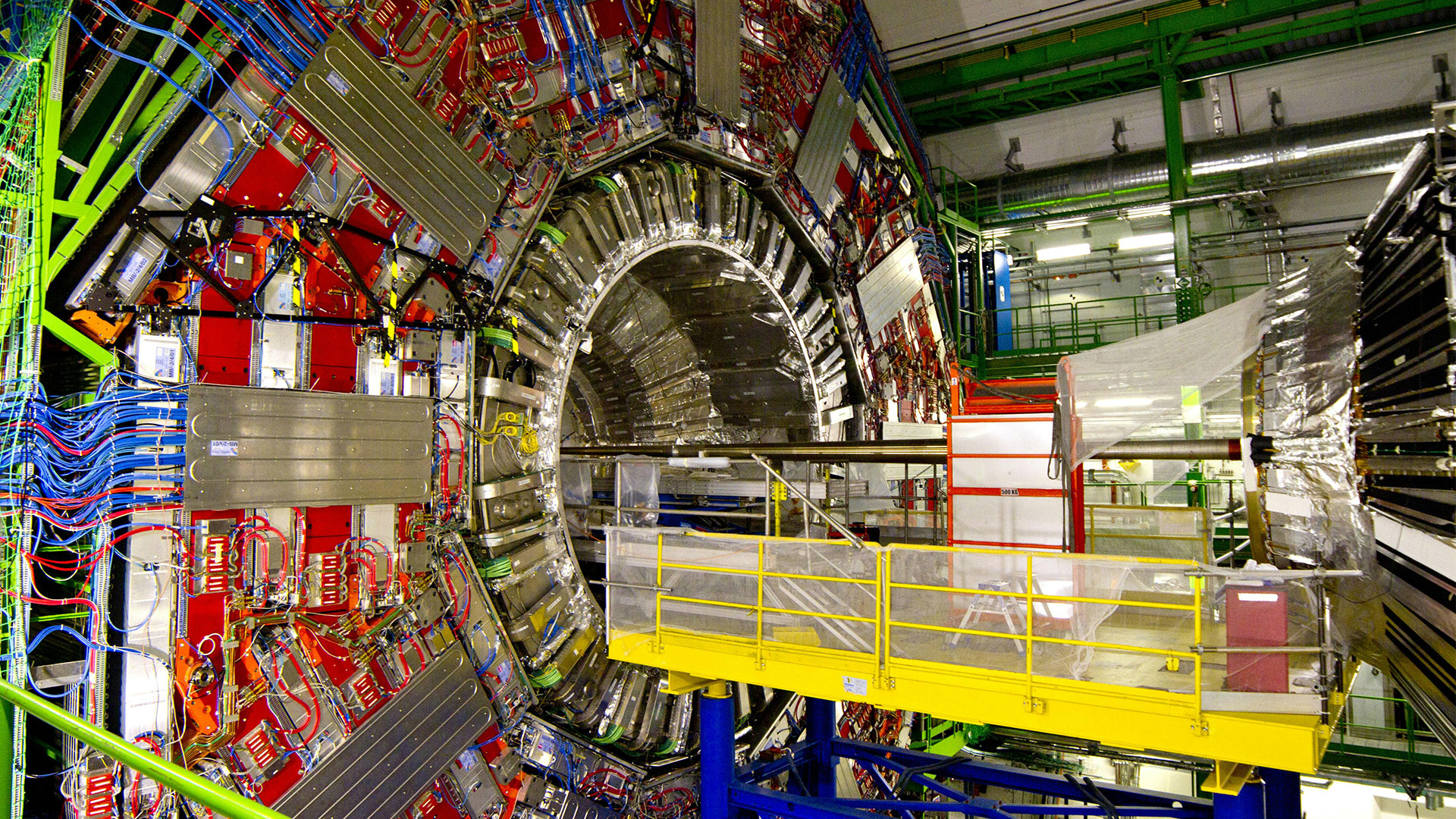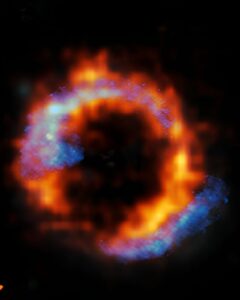Particle accelerators such as the famous Large Hadron Collider (LHC) reveal the origin of matter and help us understand the structure of the universe. Scientists use these giant machines to find answers related to elementary particles, dark matter, energy, antimatter, and more.
Inside the particle accelerator, charged particles such as protons or electrons move at very high speeds. These fast-moving particles are then directed to collide with targets or each other. By studying the results of these collisions, scientists can learn about the basic building blocks of matter and the forces that hold them together.
However, there are several challenges with particle accelerators. For example, they are very expensive to build and require a large space for their operations.
Interestingly, physicists have known for some time that using muons (elementary particles similar to the electron but with much greater mass) instead of ions, protons and electrons could make particle accelerators better, cheaper and smaller ones.
But the challenge with this approach is identifying a practical way to use muons as a beam in a particle accelerator. Finally, a new study by MICE researchers reveals a way to achieve this.
Overcoming a key challenge, they have discovered a method to increase the density and location of muons in a beam, making them easier to control and collide in a particle accelerator.
In particular, the MICE (Muon Ionization Cooling Experiment) collaboration is an international scientific project focused on the development of an ionization cooling technique for muons.
The cooling muon beams make them easy to work with
Although muons are heavy particles, they are highly unstable and decay into electrons and neutrinos within 2.2 microseconds of their origin.
This makes it difficult to keep them together in an accelerator long enough to form a concentrated beam and undergo a collision. Also, their short life means that they must be collected and accelerated quickly before they decay.
During their previous research, the authors learned to arrange muons into a beam using materials that reduce the energy of the muons. They also used a magnetic lens to focus and hold the muons in the central region of the beam.
This time, they investigated the shape of the beam and found that cooling a muon beam reduces the space it takes up. Plus, it also allows the muons to move in a well-aligned manner. “The volume of the phase space of the muon beam can be reduced by ionization cooling,” note the authors of the study.
They also conducted an experiment using a small prototype accelerator showing the formation and cooling of a high-brightness muon beam. “The clear positive result shown by our new analysis gives us the confidence to proceed with larger prototype accelerators that put the technique into practice,” said Ken Long, one of the study’s authors and a MICE scientist.
Advantages of the muon accelerator
The MICE collaboration involves hundreds of scientists working together to turn muon accelerators (particle accelerators that use muons) from a theoretical concept into reality.
This is because compared to conventional particle accelerators, muon accelerators offer several advantages. For example, “if built, a future muon collider could provide 10 times the detection range of CERN’s Large Hadron Collider even after a significant upgrade,” according to the US Department of Energy’s Fermilab.
The LHC is currently about 17 miles (27 km) in circumference and will be expanded to approximately 56 miles (90 km). With a muon collider, scientists can conduct high-energy collisions in a smaller space at lower costs.
“The muon collider would be more compact and therefore cheaper, reaching effective energies as high as those offered by the 90 km proton collider in a much smaller space,” the study authors added.
However, no working muon accelerator currently exists. The current study addresses one of the key challenges with implementing this technology, but researchers still have a lot of work to do.
The MICE team’s next goal is to develop an efficient cooling system for future muon accelerators.
The study was published in the journal Natural physics.
FOR THE EDITOR
Rupendra Brahambhat Rupendra Brahambhat is an experienced writer, researcher, journalist and filmmaker. With a BA (Hons.) in Science and a PGJMC in Mass Communication, he has been actively working with some of the most innovative brands, news agencies, digital magazines, documentary makers and non-profit organizations from different parts of the globe. As an author, he works with a vision to present the right information and promote constructive thinking among the masses.



